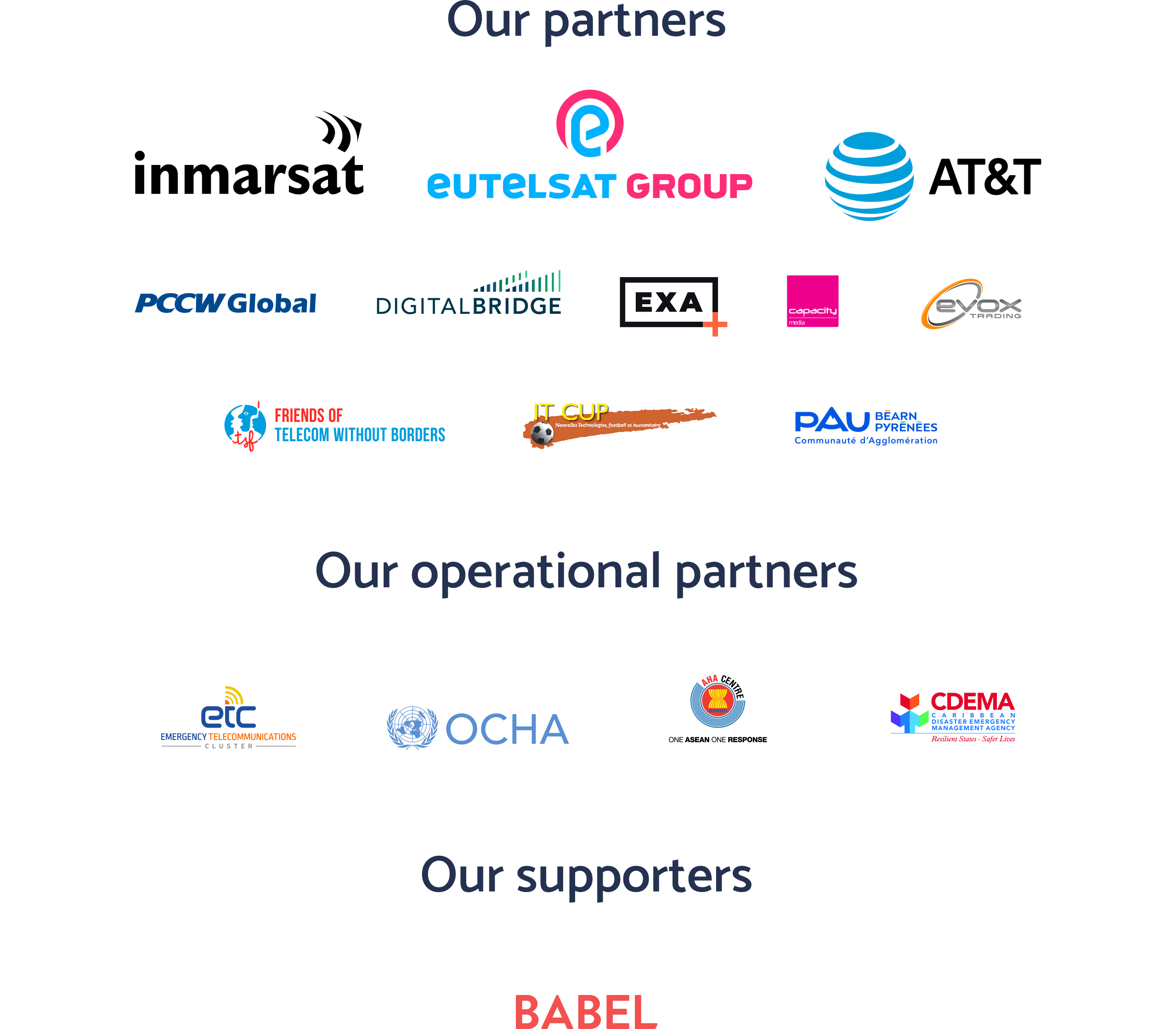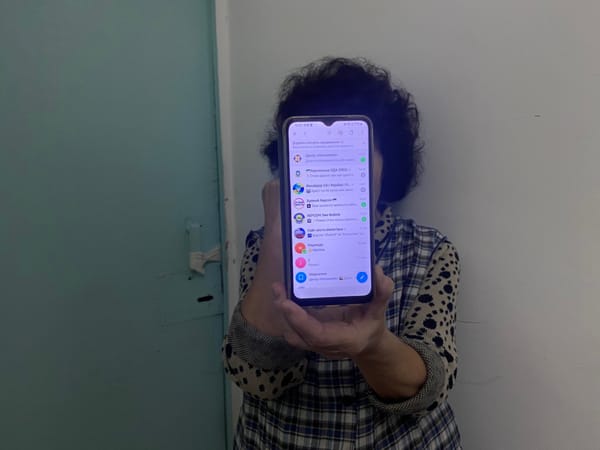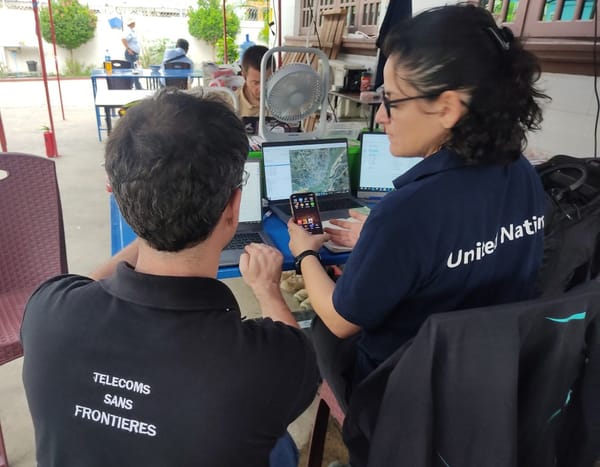Welcome to issue 50 of the Call to Comms!
Humanitarian supply chains (HSCs) provide goods and services to people affected by humanitarian crises. How can we improve our response and support affected communities as quickly and effectively as possible? A recent study suggests that Information and Communication Technologies (ICTs) can help deliver humanitarian goods and services – but how?
Information and communications technology to deliver help better
Are Information and communications technologies used enough in humanitarian settings? This recent study in the International Journal of Technology and Human Interaction says no, but there are ways to improve it. Here’s what you need to know:
“Information and communications technology (ICT) is currently under-utilized by Humanitarian Supply Chains (HSCs).”
Why is it important?
Researchers are interested in ICTs because of the increased number of humanitarian crises and natural disasters, and the challenges that humanitarian supply chains face, especially due to budget cuts. Technological innovations such as ICTs can benefit these supply chains.
How can information and communication technologies be used to optimize humanitarian supply chains?
Humanitarian Supply Chains (HSC) deliver goods and services to those in need. ICT can have a positive impact on HSC by:
- Lowering costs by providing greater visibility throughout the supply chain, reducing losses and better anticipating needs.
- Tracing goods and services from those who send them to those who receive them.
- Storing and managing information safely: where do goods go? To whom?
- Increasing coordination between different NGOs, with frequent communication
What about telecommunications?
Satellite technology makes it possible to access the internet and social media, as it is increasingly important during disaster relief, allowing people to report incidents directly from the field. Satellite imagery can give those in the field an accurate picture of the affected areas.
“Optimal use of ICTs has the potential to revolutionize humanitarian supply chain management.”
See you next week!












Member discussion